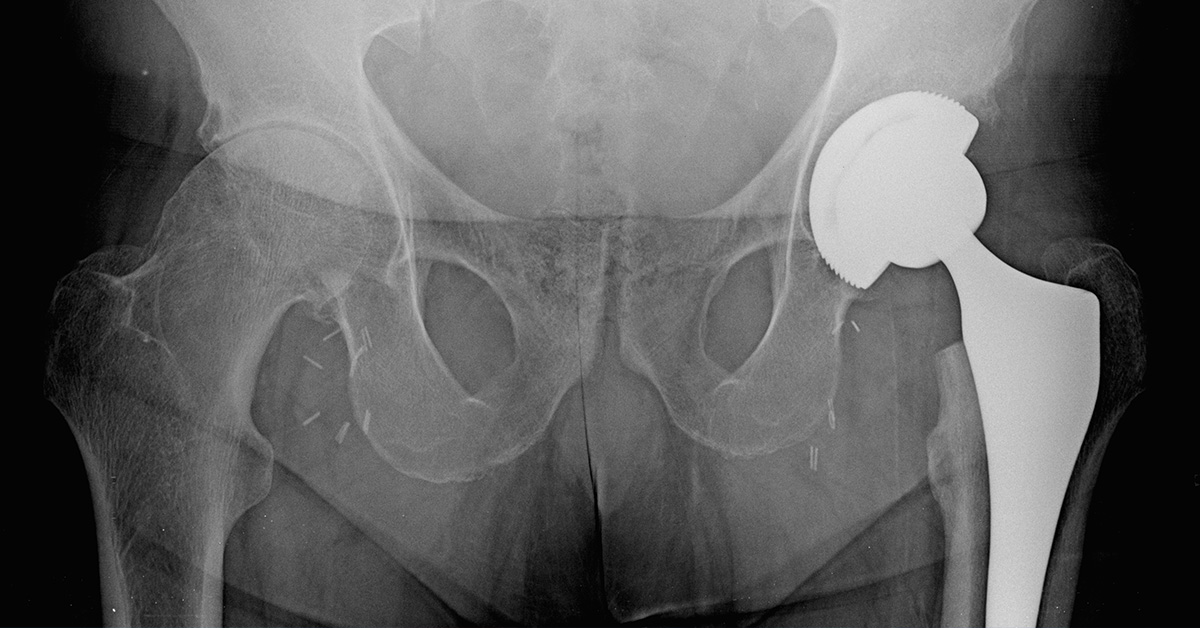
What is Total Hip Replacement Revision Surgery?
Replacement revision surgery is a surgical procedure that involves either partial or total replacement of a previously implanted prosthetic hip joint. It is sometimes called a re-do total hip replacement.
When Is This Procedure Performed?
There are a number of different clinical indications for a revision total hip replacement. Some of them are listed below.
- Total hip replacement previously conducted that has now become extremely painful and is limiting movement. This is likely to occur as the components within the joint have now become loose and have experienced a fair amount of wear and tear. This phenomenon often occurs many years after a previous replacement.
- Injury to the hip joint that has resulted in a fracture or breakage of the device. Fracture may also occur around the area where the device was placed (this called a periprosthetic fracture).
- Infection in the joint.
- Dislocation of the prosthetic hip joint.
How Is The Procedure Performed?
A revision total hip replacement procedure is similar to a total hip replacement. Once consent is obtained, the area that needs operating upon is cleaned with antiseptic solution and an incision is made. The patient is placed under general anesthesia throughout the procedure. The affected hip joint is removed and the bone is prepared to accept the new prosthetic device. The bone cement into which the previously implanted hip joint is fixed is melted using an ultrasound device. The bone is prepared yet again to receive the new device and, if required, surrounding debris and infection are also cleared.
The entire procedure can take anywhere between 3 to 4 hours depending upon the complexity and the underlying problem.
After The Procedure
Following the procedure, the patient is observed for a short period of time in the hospital. Most patients are allowed to weight bear after 48 hours, but this may be done with the help of walking aids for a period of six weeks. Most patients do very well after a revision total hip replacement. The benefits can last for up to 10 to 15 years in most cases. However, if required, yet another revision total hip replacement can be done, though the risk may be a bit higher.
Benefits
Having a revision total hip replacement procedure done can help the patient get back on their feet and can help restore their normal quality of life. While this may require a degree of physical therapy, it is only a matter of time before they are back on their feet and enjoying the activities that they love.
Conclusion
Revision total hip replacement is a commonly performed procedure for various indications. Long-term outcomes are good and significant improvements can be noticed in the patient's quality of life.








